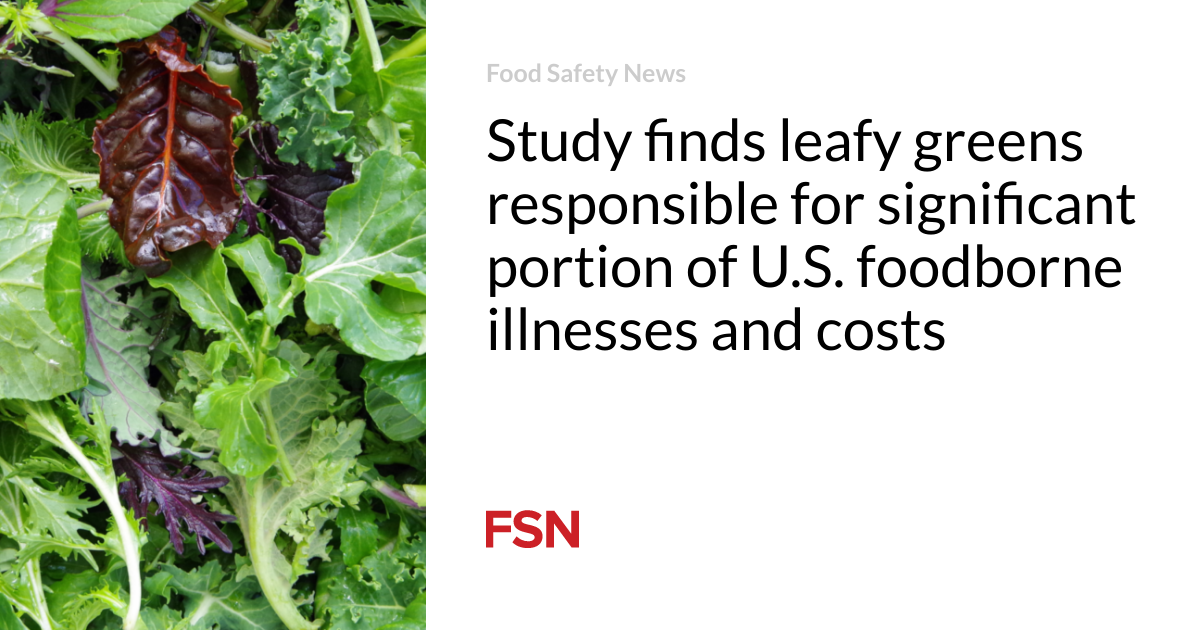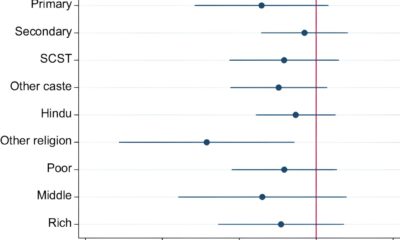Food
Research shows that leafy greens are responsible for a significant portion of foodborne illness and costs in the US

Researchers from Ohio State University conducted a study in the United States on the attribution, burden and economic costs of foodborne illness associated with leafy greens. The study, led by Xuerui Yang and Robert Scharff, sheds light on the impact of leafy greens on public health and the economy.
Green leafy vegetables, including lettuce, spinach and kale, are widely consumed and recognized as a major source of foodborne illness. This study aimed to provide comprehensive estimates specifically addressing the attribution and burden of disease associated with leafy greens.
The study combined data from three outbreak-based attribution models with disease incidence and economic cost models to develop detailed estimates for leafy greens and their subcategories. The findings show that leafy greens are attributed to as many as 9.18 percent of foodborne illnesses caused by identified pathogens, with an estimated annual incidence of up to 2.3 million illnesses in the United States.
Furthermore, the economic costs of these diseases are significant, up to $5.278 billion per year. The most common pathogens associated with leafy greens include Norovirus, Shiga toxin-producing Escherichia coli (STEC), Campylobacter, and non-typhoidal Salmonella. Among leafy greens, lettuce is responsible for the highest percentage of outbreaks, diseases and costs.
Romaine lettuce in particular is particularly important: Nearly 20 percent of Shiga toxin-producing Escherichia coli O157:H7 illnesses in the United States are linked to romaine lettuce consumption. This translates to an estimated 12,496 diseases and $324.64 million in costs per year.
The study underlines the importance of addressing food safety issues related to leafy greens, given their widespread consumption and significant contribution to foodborne illness and economic burden. It also highlights the need for targeted interventions and regulatory measures to reduce the risks associated with leafy green consumption.
While the study provides valuable insights into the attribution and burden of disease associated with leafy greens, several limitations are also recognized. These include reliance on outbreak data, potential underestimation of disease, and challenges in identifying specific food ingredients in complex foods.
The full study can be found here.
(To sign up for a free subscription to Food Safety News, click here.)













